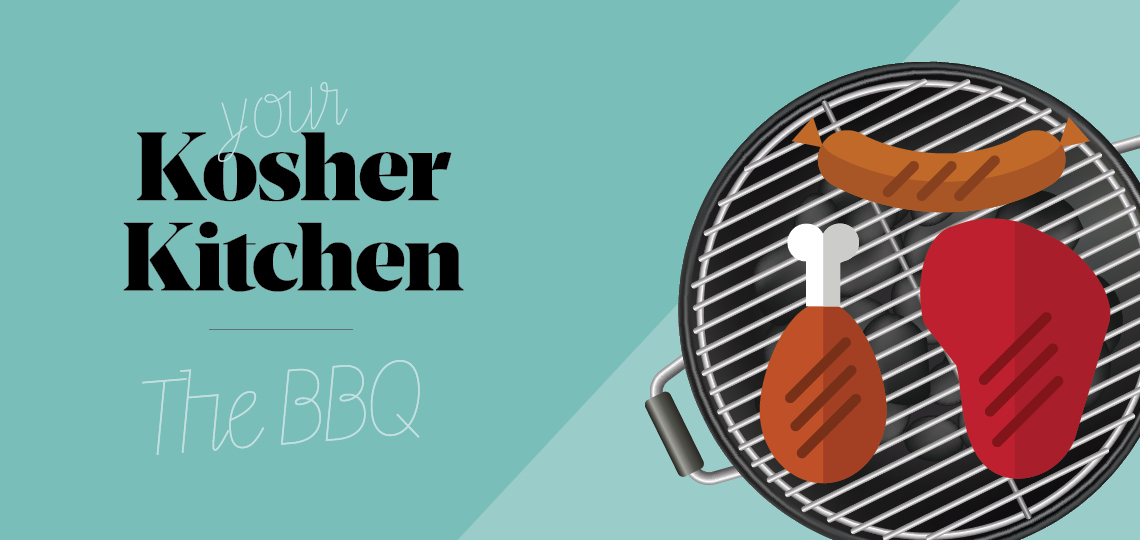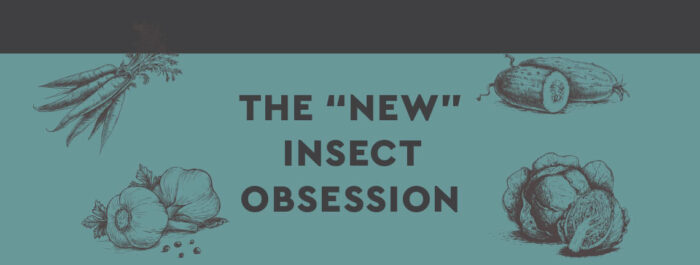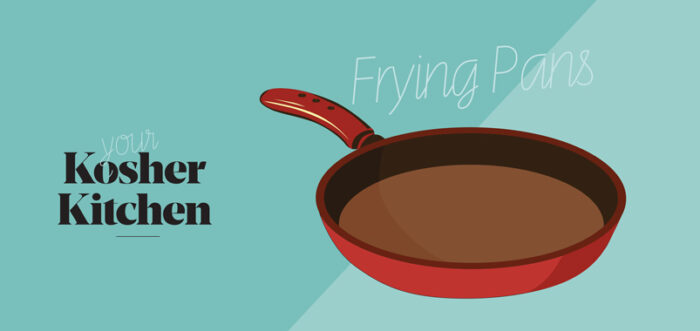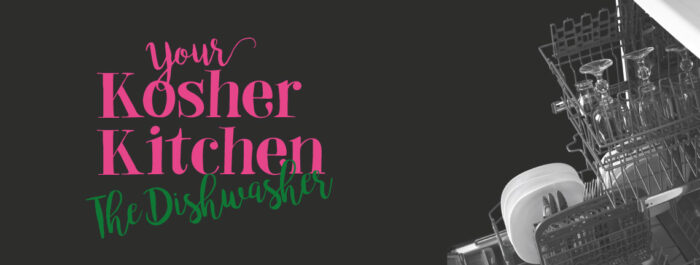Spring is in the air and everyone is looking forward to spending more time outside. This, of course, means its BBQ season! Let’s explore the common kashrus issues facing the kosher consumer.
Fish and Meat
Halacha says, as stated in Shulchan Oruch, Yoreh Deah 116, that one may not cook or eat fish and meat together. We are even required to eat
or drink a neutral food between the eating of fish and meat. One is also not permitted to have them together on the same grill even though they are not touching.
Can fish and meat be cooked on the same grill one after another?
Some have a minhag to use dedicated keilim, but most do not. However, even for those who don’t require dedicated keilim, the meat keili must be completely clean before using it to cook fish, or vice versa. When it comes to a grill it is very difficult to clean it perfectly, therefore one
would not be able to use it for both fish and meat. Nevertheless, if one would want to switch from fish to meat or vice versa on a permanent basis, it could be done after the grate is completely cleaned. If one has the ability to purchase a second grate to designate for fish, it would be the easiest way to ensure completely separation of fish and meat.
Many kosher marshmallows contain fish gelatin, so one should be very careful not to roast them over a barbeque while cooking meat.
Kashering for Pesach
Before a utensil is kashered we have to determine the way that the absorbed “taste” (בליעות) has entered into the utensil in order to know how to kasher it. The Torah tells us that kashering of equipment needs to be done the same way the original food was absorbed, “k’bolo kach polto”. This means, that if the taste was absorbed via fire, the vessel needs to be kashered with fire, and if it was absorbed via hot water, it needs to be kashered with hot water. When kashering with water (hagalah) the utensil needs to be perfectly cleaned and unused for 24 hours before kashering. However, when kashering with libun gamur (fire) one doesn’t need to wait 24 hours and it does not need to be cleaned before because the libun gamur will clean it. There is a third level of kashering called libun kal (when the taste absorption came through indirect heat) and for this one needs to clean the utensil and wait 24 hours.
A barbeque clearly requires kashering with fire (libun gamur). Libun gamur requires the equipment to be heated to about 900℉. The simplest way
to kasher via fire is to place the grate in an oven and put it through a self-clean cycle. It is also possible to completely cover the grate with coals on both sides (i.e. sandwich it in coals) and leave the coals until they burn out.
To kasher the cavity/housing of the grill:
Gas grill: one should clean it well and then turn on the grill to the highest setting for 1 hour.
Charcoal grill: Fill it with coals and light the grill. Leave the grill lit until it burns out by itself.
A blowtorch can also be used for this type of kashering but it is only suggested for those with experience in handling a torch. The part of the grill cavity/housing which is level with the grate must also be kashered with libun gamur, this is due to the likelihood of food having touched that area during barbecuing. This is done either by lining the outside rim with coals or it can be done with a blowtorch.
Kashering a Public Grill at a Park
Park grilling is a fun family pastime, enjoyed by young and old alike. The most convenient way to enjoy a barbeque in the park would be to use the park grills; however, they are obviously not kosher.
As mentioned earlier the grill needs to be kashered by libun gamur which is 900℉. This is possible (and thrills pyromaniacs) by lowering the grill
to the lowest level and filling the cavity with coals as well as covering the top of the grill with coals. The handles should be cleaned and boiling water poured over them. The only issue with this method is that it takes a good few hours.
What about using your own tabletop grill?
The park ranger (rightfully so) will not allow grilling on the wooden picnic tables, so what about placing them in the non-kashered public grill? A
basic principle in transferring of taste absorption is that taste does not transfer between two utensils.
For example, if you have a dairy pot with chocolate milk cooking on the fire and it is touching a pot of meatballs on the fire there would be no transfer of taste (although this is not recommended due to splashing, etc). Therefore, you can take aluminum foil and cover the grill and then place your grill on top of that. It is best to use multiple pieces of foil, so that in the event that a piece of foil tears, you will always have a double covering.
Happy grillin’!


 EN
EN  ZH
ZH  KR
KR  BR
BR  ES
ES  IN
IN  IL
IL 




